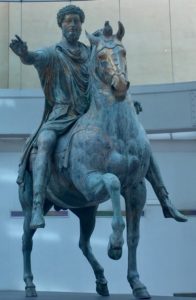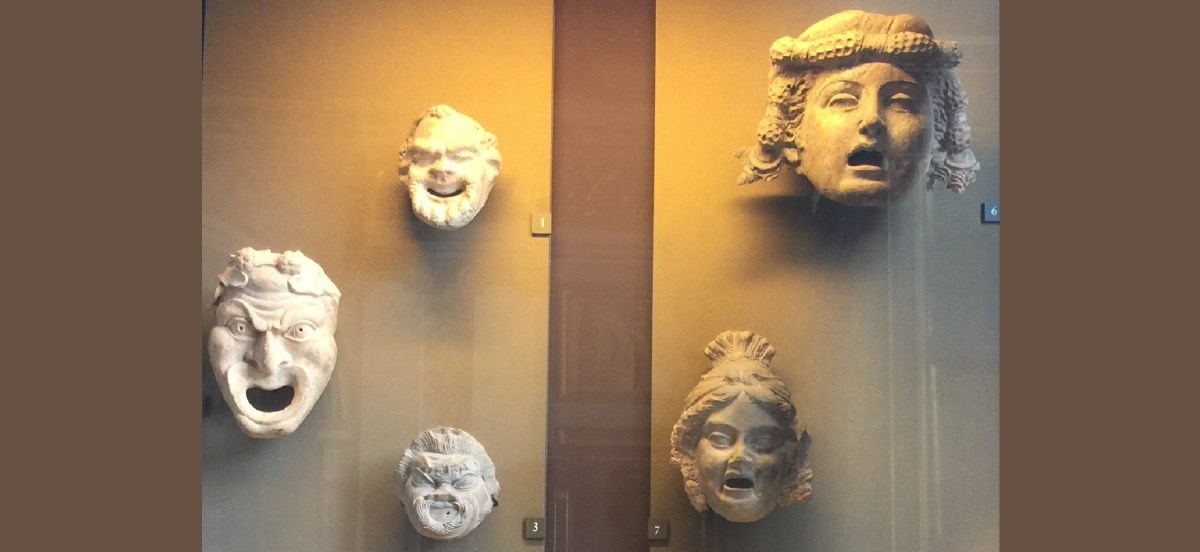Will, unity and the many I’s
In the Fourth Way, a student learns to understand the difference between will and mechanicality. What is the unifying principle to overrule the many parts of our being?
The work is upside down and backwards to life. To life, “freedom” means being able to follow the many ‘I’s the machine happens to have. While “will” is seen as the ability to actualize any desire that comes into the machine. In reality, however, freedom and will begin from being able to separate from the machine. This separation begins with the ability to do what the machine does not want to do.
Real will begins by being able to do what you are asked to do, without adding anything to it and without leaving anything out. This is exactly what the machine does not wish to do. But real will can only be acquired by doing what the machine does not wish to do, since will is not needed to do what the machine wishes. This refers not only to those things the machine wishes not to do, but also to things the machine is indifferent to and simply does not understand and so cannot see the value of.
In a school, exercises give us the chance to experiment with doing what we are asked to do. This is the foundation of real will, and it is something that is impossible to do for ourselves.
Will and wilfulness
Regardless of one’s mechanics, the first step in developing will is to learn to follow. Our machines always want to do things their own way, or slightly modify or add a little something extra to whatever they are asked to do. So, the question I ask myself is: Why not just work with another person’s request? Of course, not if there is some objective reason not to do it, such as a result that would mean harm to another person. The gains for my work of trying to follow the suggestion generally outweigh whatever disadvantages there may be in terms of efficiency, convenience, or my other aims.
Unity begins with the “observer”
 The machine wants to know what unity is and how it can become more unified. By being present, it turns out that we create an “observer” that is at least more consistent than the many ‘I’s of the machine. With difficulty, we come to understand that the way to be more unified is simply to be present and observe ourselves in the moment. It does not involve “doing” on the level of the machine at all.
The machine wants to know what unity is and how it can become more unified. By being present, it turns out that we create an “observer” that is at least more consistent than the many ‘I’s of the machine. With difficulty, we come to understand that the way to be more unified is simply to be present and observe ourselves in the moment. It does not involve “doing” on the level of the machine at all.
We often start with the idea that to be unified means having an ‘I’ or a group of ‘I’s that are stronger than all the other ‘I’s. Over the years, we come to understand that this approach simply does not work. For example, the desire to do something, or the feeling that one is supposed to do something, is an ‘I.’ Other ‘I’s oppose it, and then a third group of ‘I’s insist that the situation must be resolved. All this occurs on the level of the ‘I’s. The fact that it occurs shows that we lack unity. Through these efforts we learn that unity on the level of the machine is impossible.
What is possible is to learn to observe the machine no matter what it is doing. This process creates something that is consistent, not subject to the conflicting desires of the different parts of the machine. It simply observes that one ‘I’ wants something and another ‘I’ wants something else. This is where practical work on becoming unified begins.
Girard Haven has published several books on the Fourth Way system, shown on http://robertearlburton.org/bibliography/
